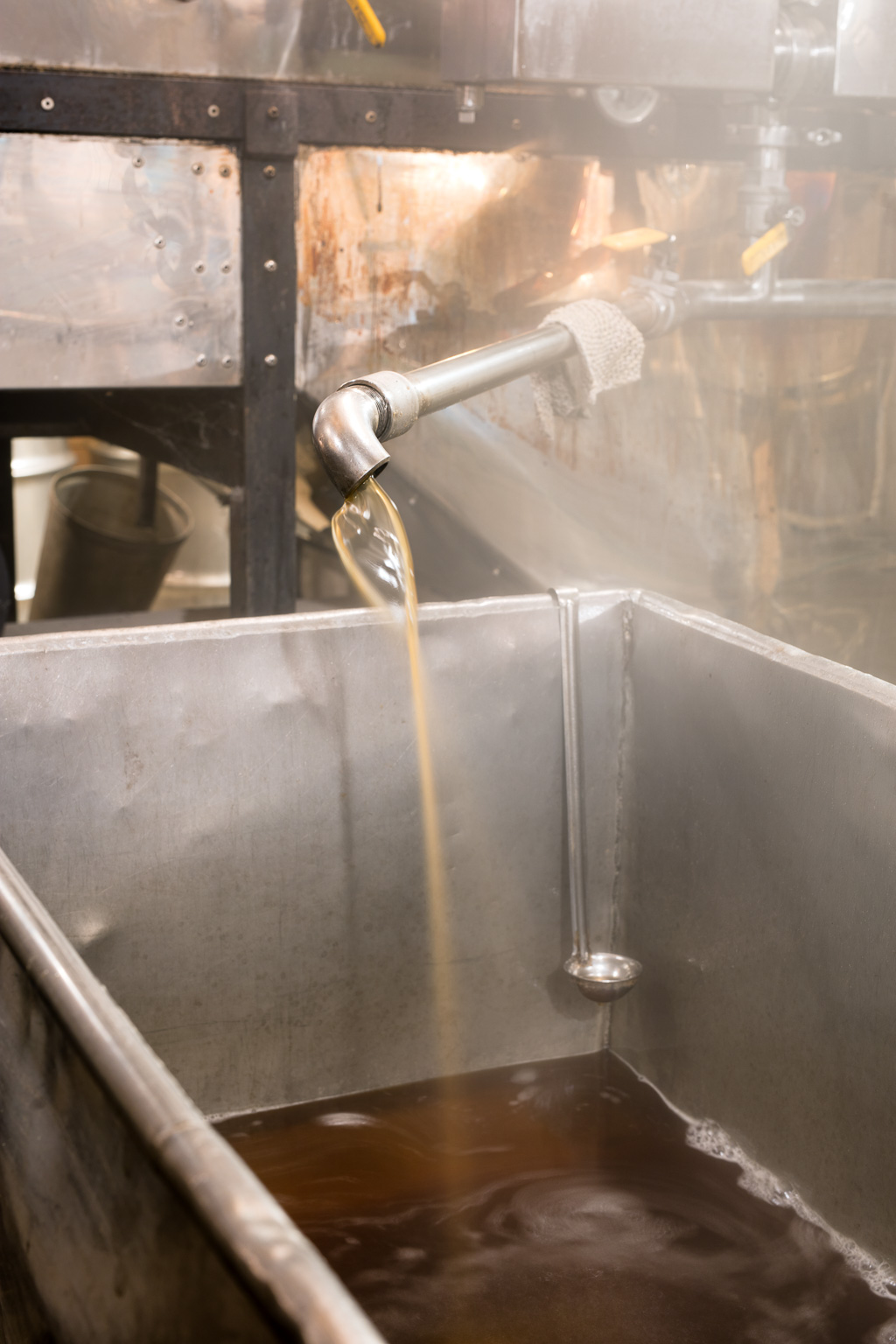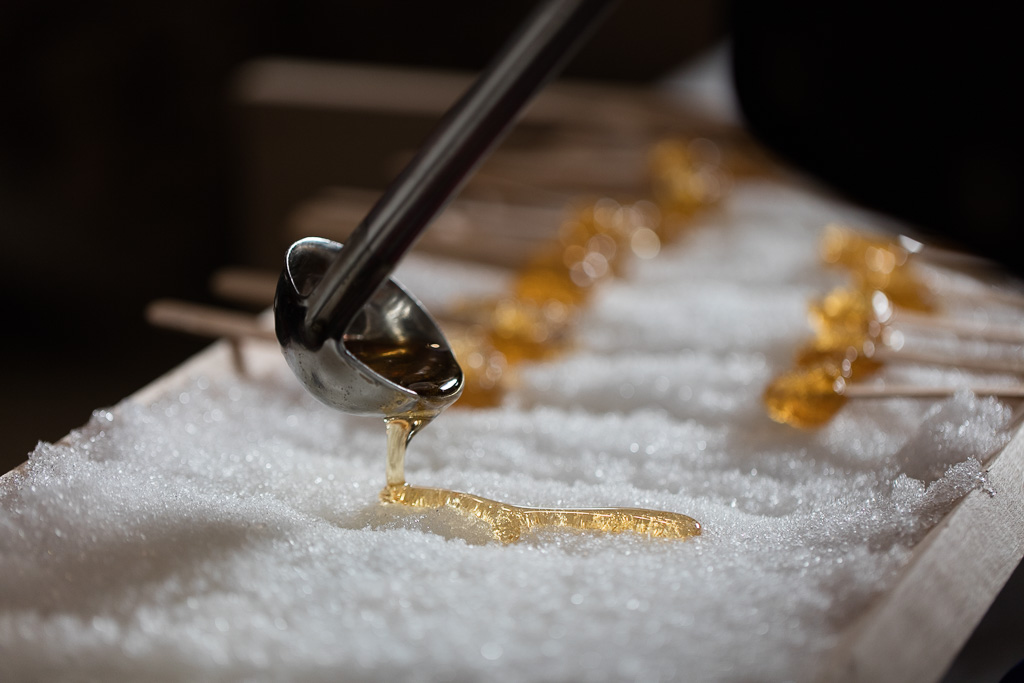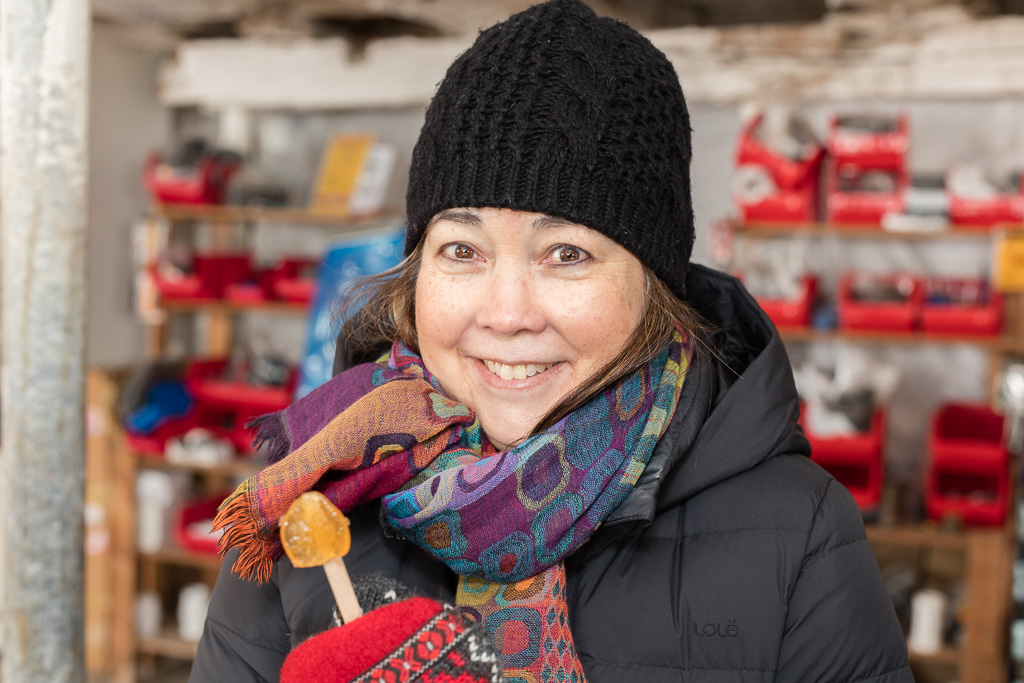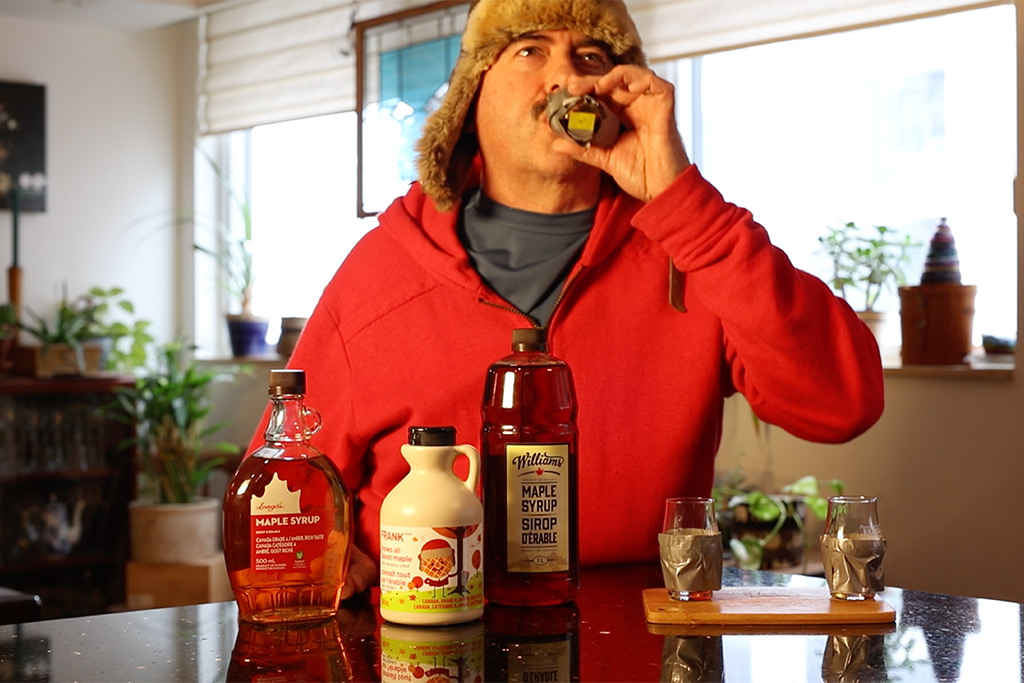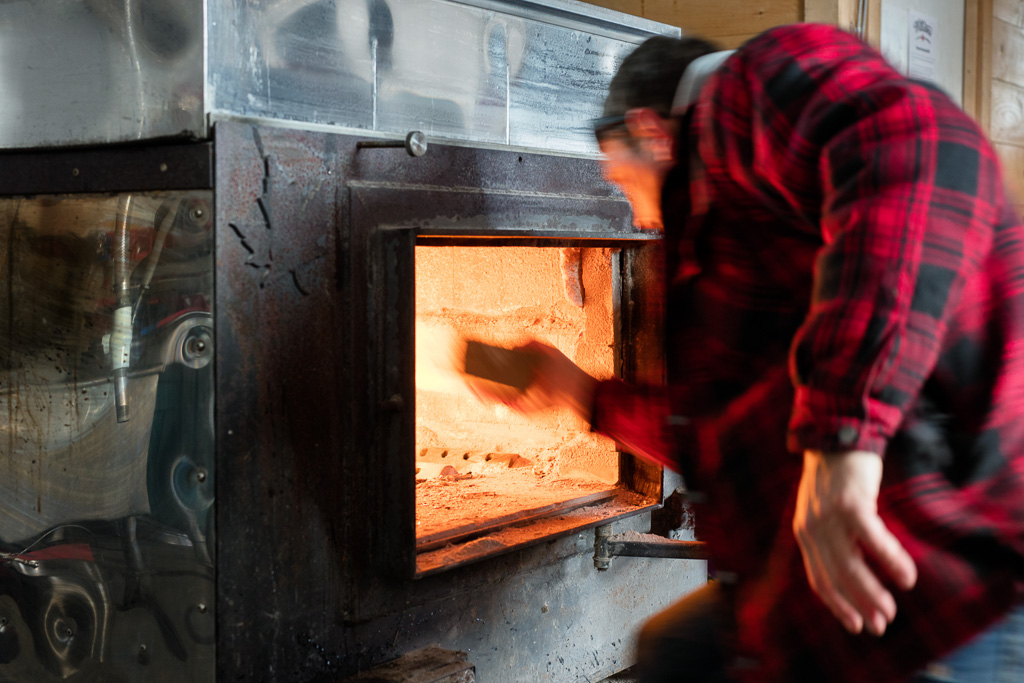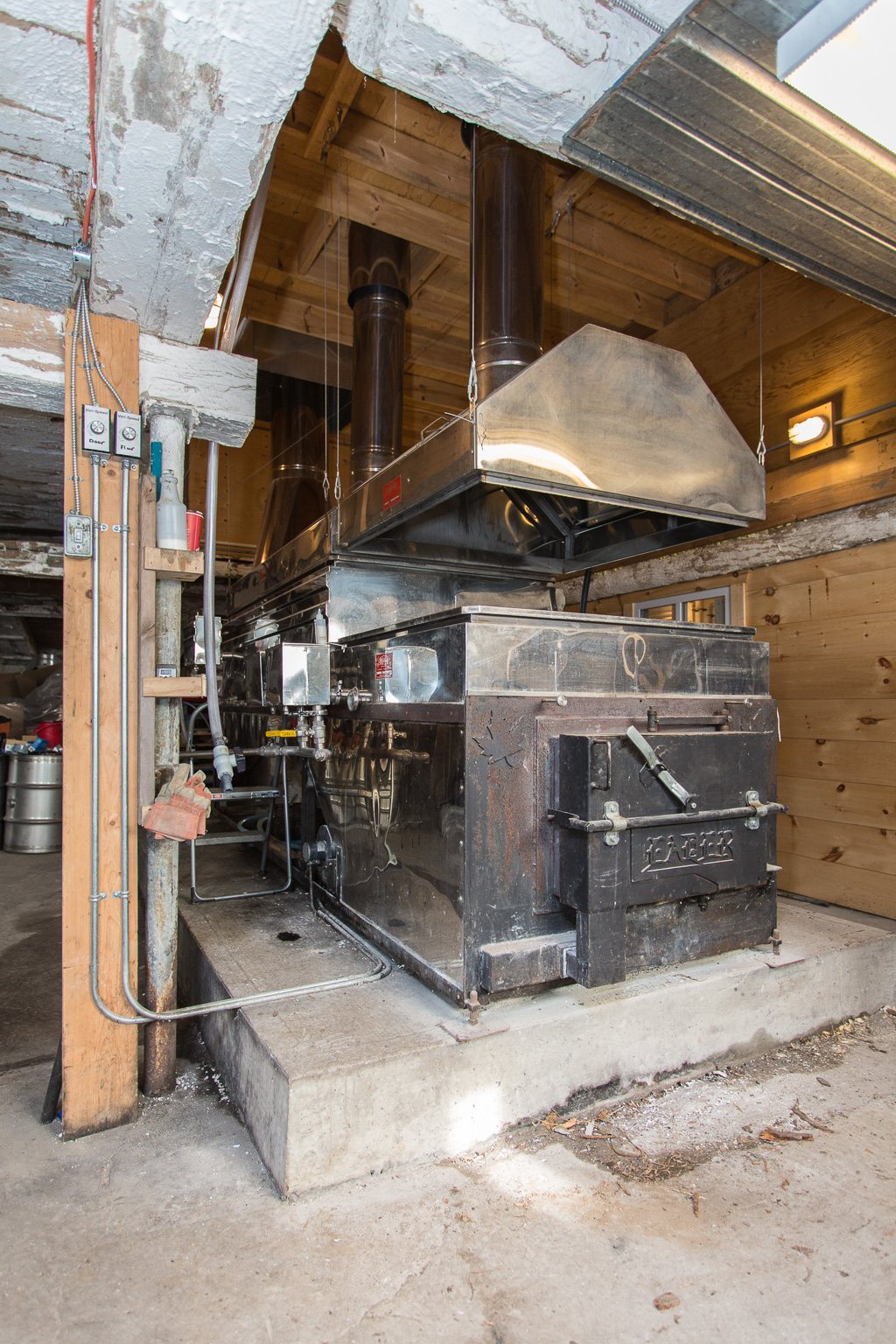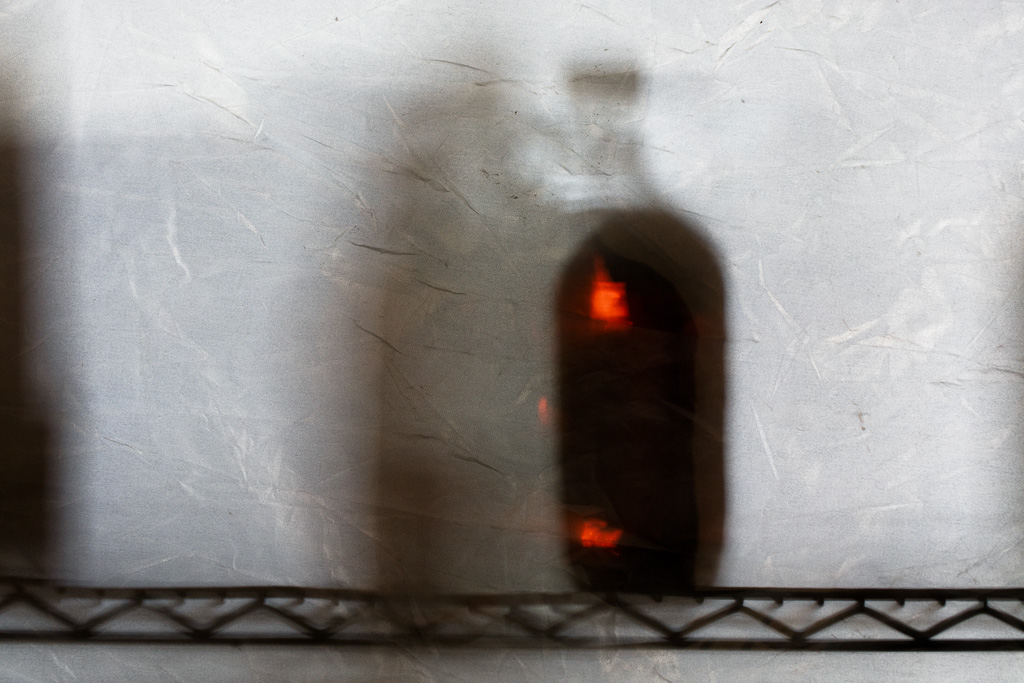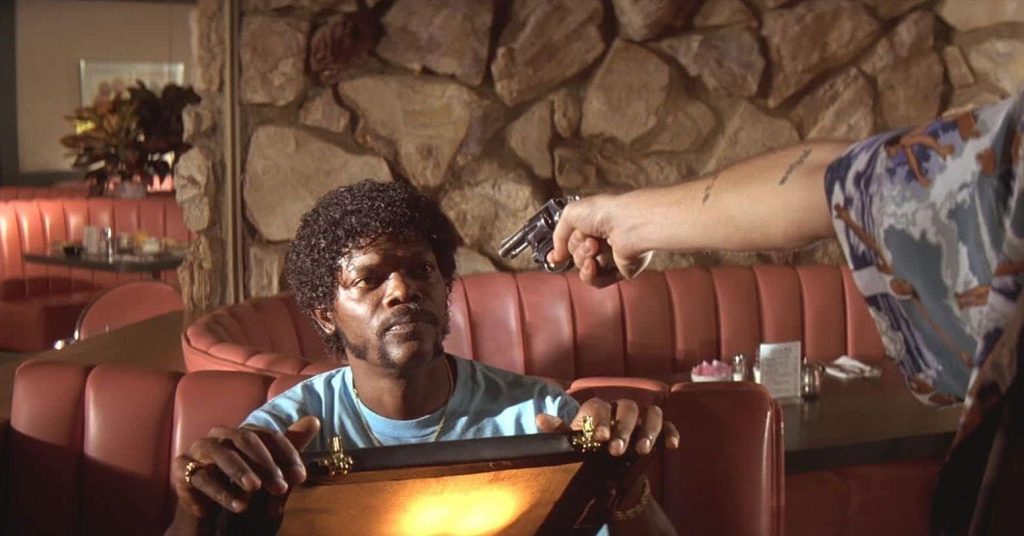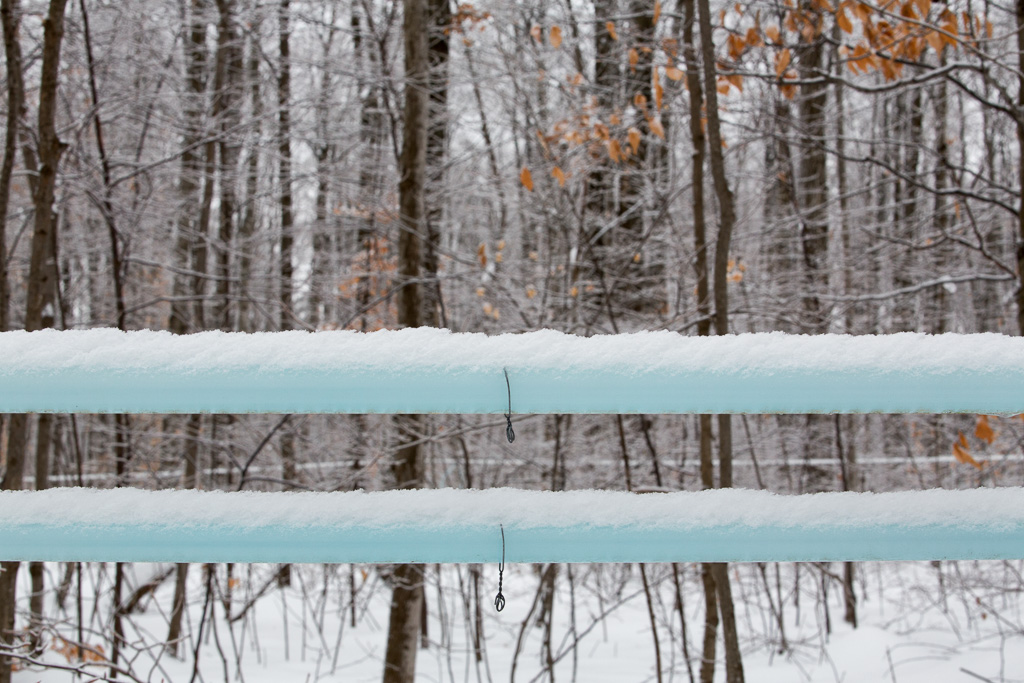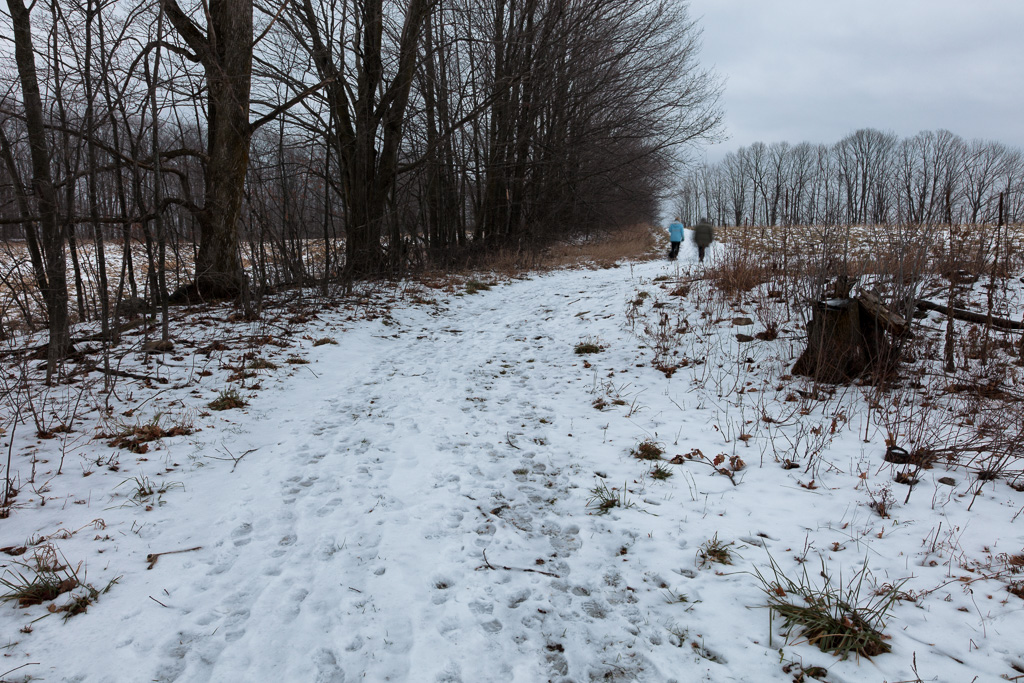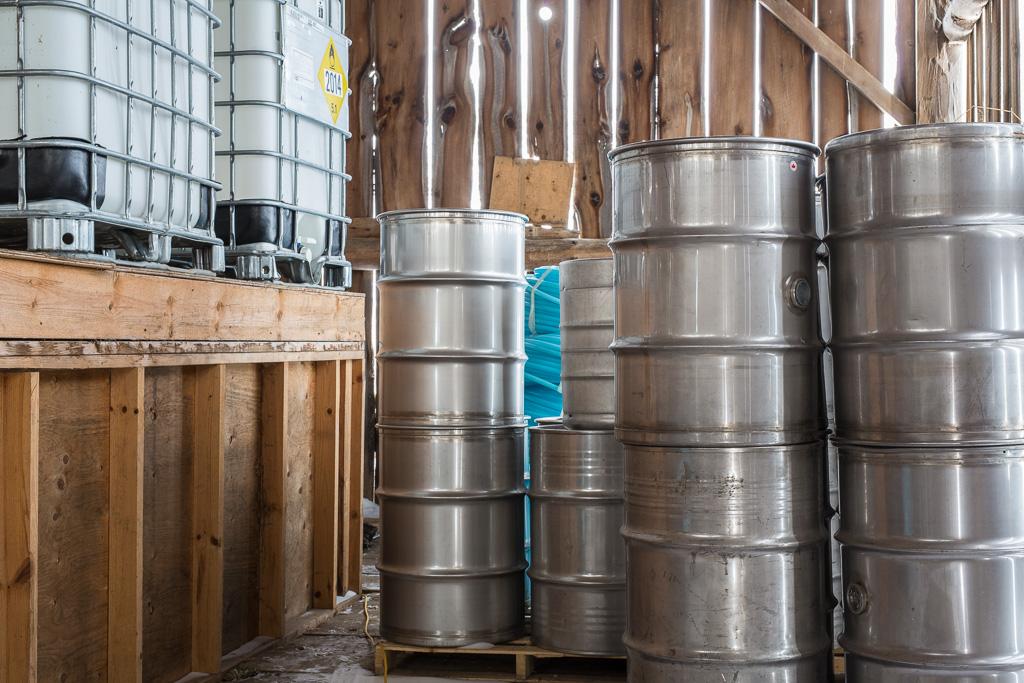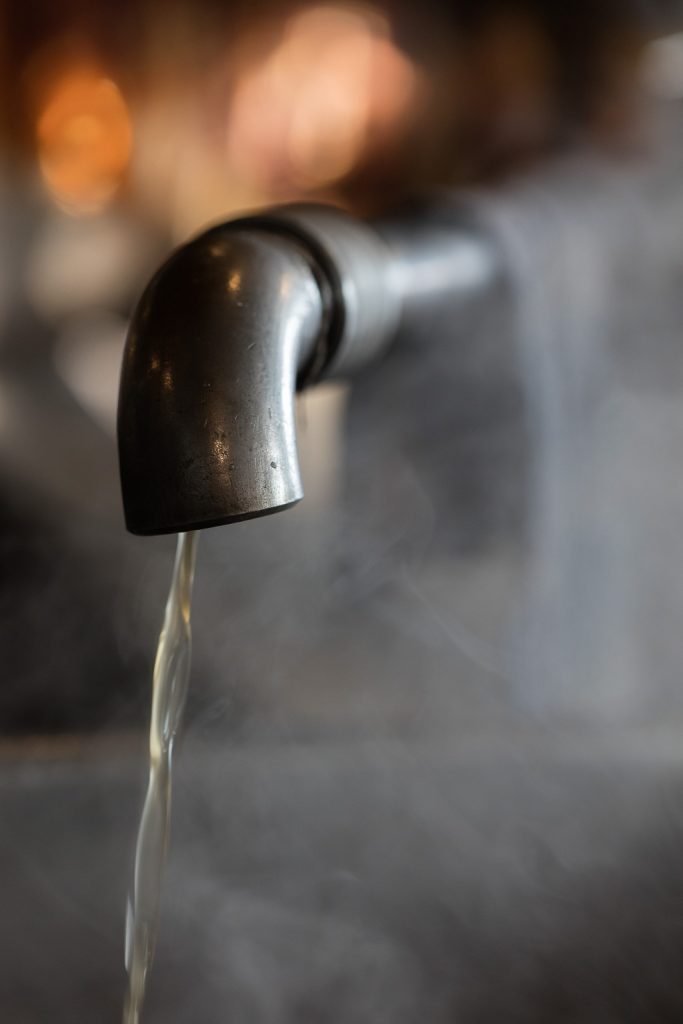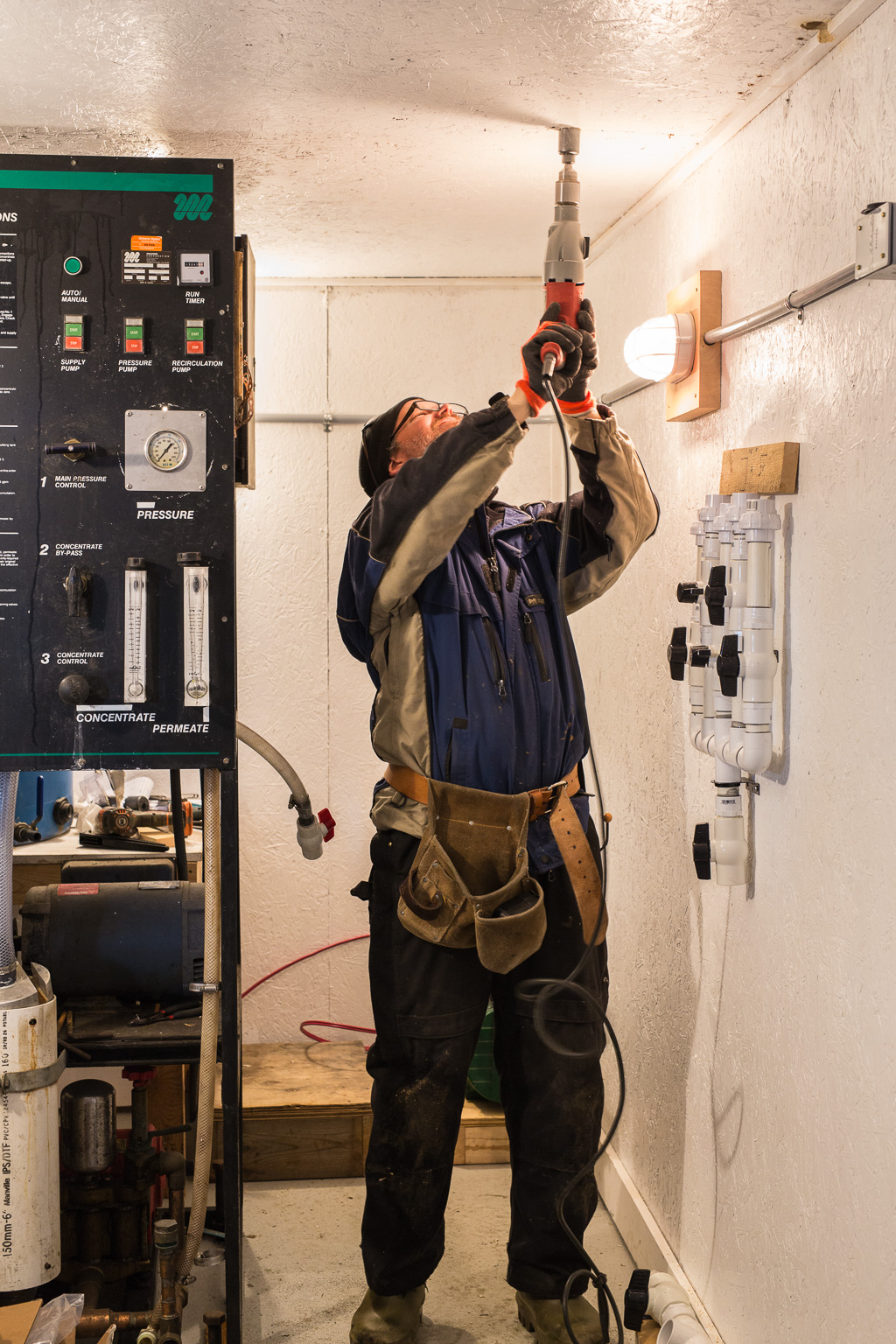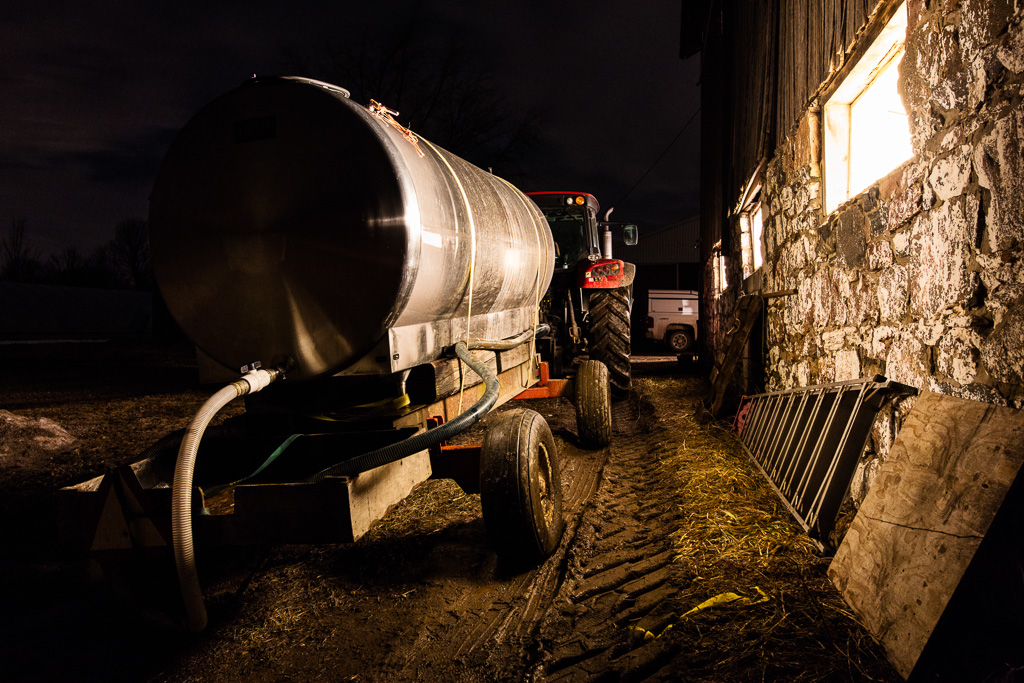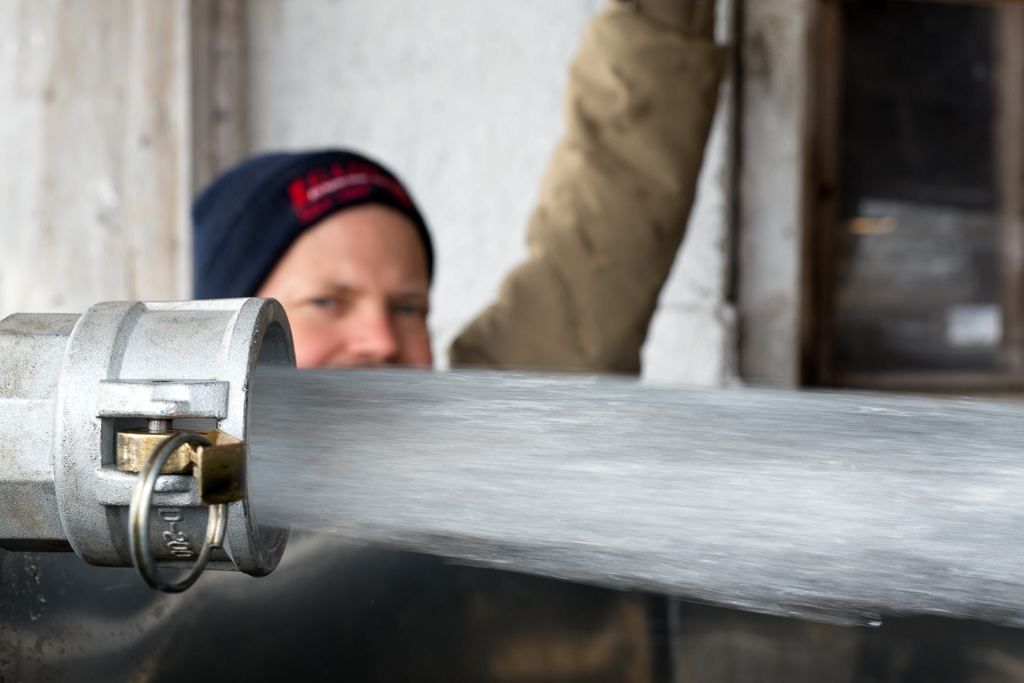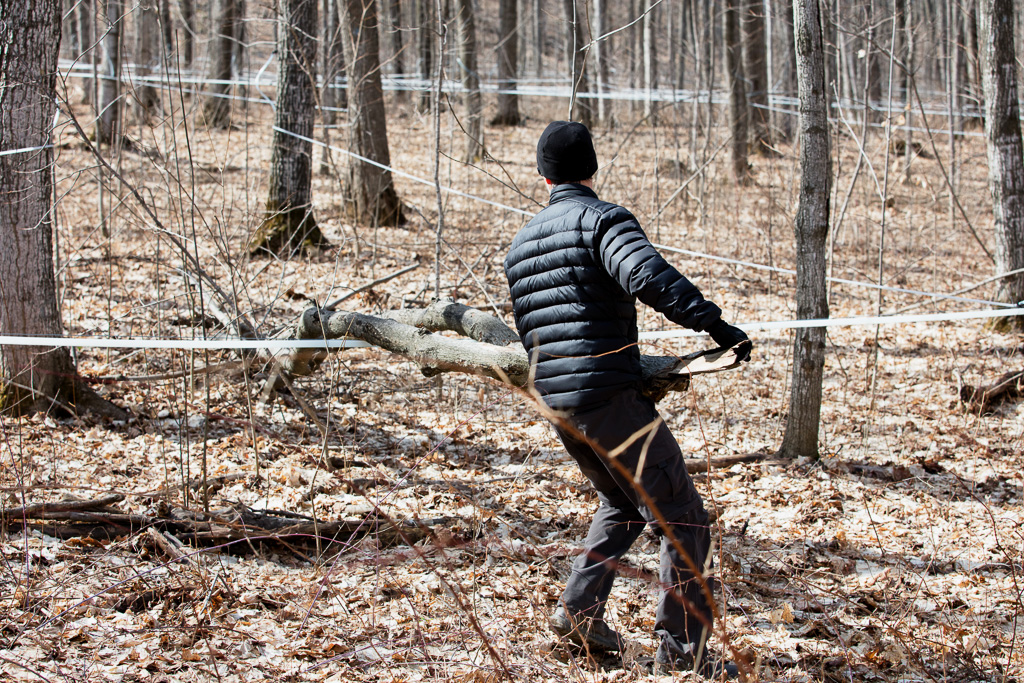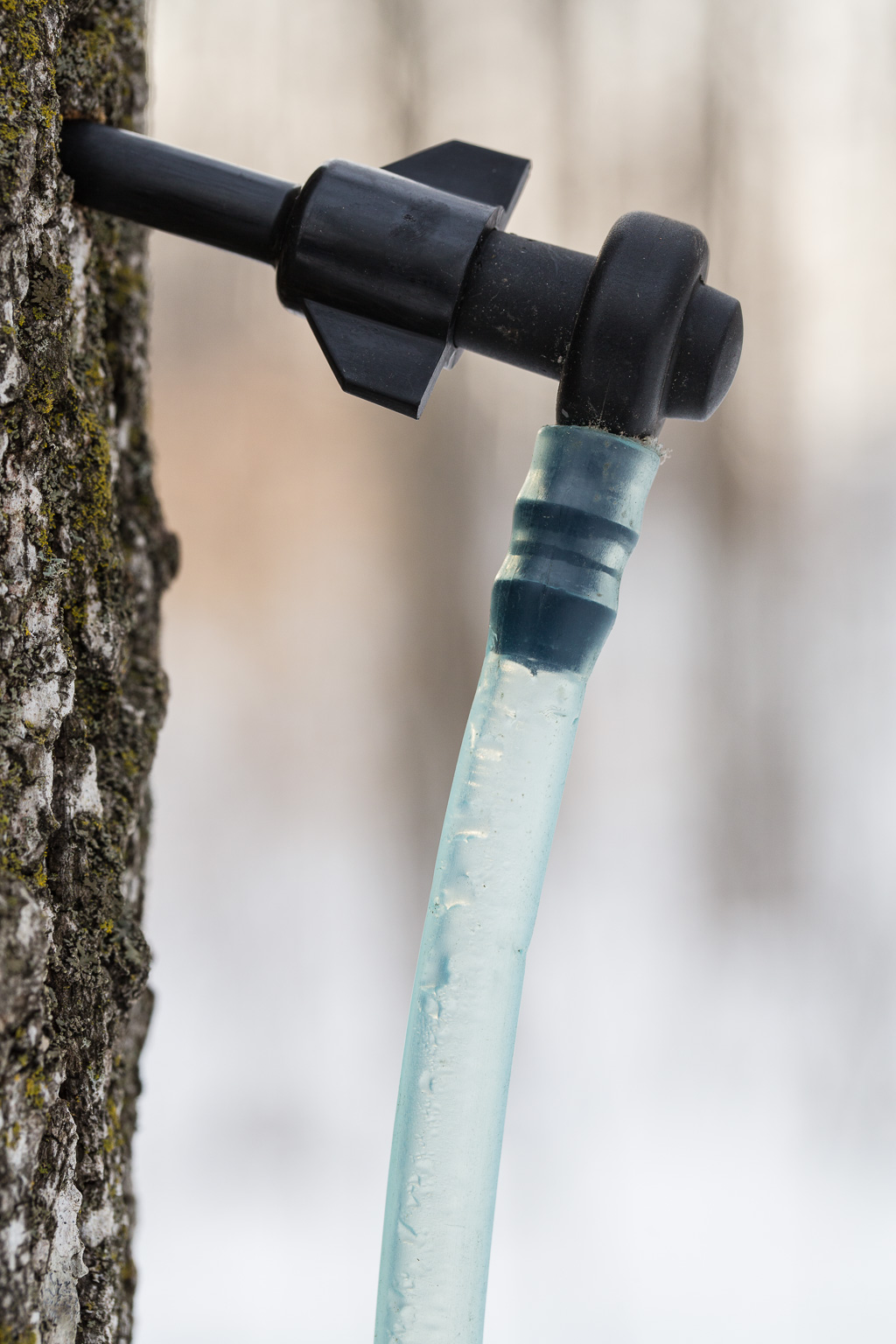Some people claim that maple syrup is a perfectly fungible product. In fact, the PPAQ’s Strategic Global Maple Syrup Reserve is premised on the assumption that maple syrup produced in one region is no different than maple syrup produced in another region. While this serves the needs of large scale producers and large retailers including major grocery chains, small producers take issue with the claim.
A small producer might own and manage their own sugar bush, and heat the evaporator with wood culled from that sugar bush, infusing the syrup with a wood smoke distinctive to that locale. Similarly, small scale Indigenous producers maintain that their intimate relationship with the land is reflected in the flavour of their syrup. These are artisanal efforts that require special craft and local knowledge.
Small producers draw a comparison to wine-making and the distinction between a large commercial wine like Australia’s Yellow Tail wines which, in 2015 exported 8 million cases of wine to the U.S. and a local wine from Ontario’s Beamsville Bench with an annual production of 300 cases. The local wine-maker would point to the terroir and the unique craft of the wine-maker to deliver a distinctive experience that you just can’t get from a large commercial producer.
To test the competing claims about maple syrup flavour, I purchased two large commercial brands and set them against a liter of syrup produced at Williams Farm. If you have been reading my March posts, you’ll know that John Williams is my brother-in-law. I get nothing from promoting his products (except for mild sugar highs and temporary hyperactivity). To eliminate bias, I conducted my tastings in whisky tasting glasses wrapped in duct tape.
First a note about each of the bottles of maple syrup. All three claim to be amber. The two commercial brands include the words “100% Pure Maple Syrup” and “Canada Grade A / Amber, Rich Taste.” This is the precise wording reflected on the PPAQ’s web site. Since Williams Farm isn’t a Québec producer, it doesn’t use this wording; John just hands you a bottle and says: “Here’s some amber, eh.”
One of the commercial brands is Frank. Frank is a Canadian Tire brand. It comes in a plastic bottle and says: “Frank knows all aboot maple.” (Who talks that way?) While you’re getting an oil change downstairs, you can go upstairs and buy a 600 mL bottle of maple syrup for $10. Canadian Tire is a major Canadian retailer listed on the Toronto Stock Exchange with a market capitalization of $11 bn.
The other commercial brand I tasted is the Longo’s in-house brand. You can buy a 500 mL glass bottle for $7.99. The Empire Company recently purchased a 51% stake in the Longo’s grocery chain for a cool $357 million. Like Canadian Tire, the Empire Company is a major Canadian retailer listed on the Toronto Stock Exchange with a market capitalization of $7 bn.
The third bottle, of course, comes from Williams Farm. He sells in both glass bottles and plastic and charges $26 for a liter.
One obvious difference between the 3 bottles is that you have no idea where the commercially branded syrup comes from. In all likelihood, it comes from large scale operations in Québec. But in the case of the Williams Farm syrup, you can visit their web site where John encourages you to drop by for a visit. If it’s not the middle of maple syrup season, you may be able to twist his arm for a tour of the sugar bush.
Another obvious difference between the 3 bottles is that when you pour the syrup into tasting glasses, they have wildly different colour profiles. Longo’s is light. Frank is dark. And Williams sits in the middle. In fact, I’m inclined to say that both commercial brands have been mislabeled. If not, then Longo’s is skirting mighty close to the border between Golden and Amber. Meanwhile, Frank is skirting mighty close to the border between Amber and Dark.
Because the colour profiles are so different, I found I couldn’t give them a fair tasting without first wrapping the glasses in duct tape, labeling the underside of each, and then asking my handy tasting assistant to shuffle the glasses while my back was turned. In fact, that didn’t really make any difference because each syrup also has a distinctive viscosity profile that corresponds to the colour profile and is obvious on the tongue. A wine taster might call it mouthfeel. The Golden felt more fluid while the Dark felt thicker and the Amber sat between the two.
In terms of taste, the Longo’s was good as what the PPAQ describes as Golden / Delicate Taste. Similarly, the Williams Farm was good as Amber / Rich Taste, a little thicker and more full bodied than the Longo’s. Then came Frank, darker and viscous. As with the other two syrups, it was sweet on the front. However, I detected an unexpected hint of bitterness on the finish. My personal view is that, taken together with the fact that it seems to be mislabeled, the Frank is a hard no.
While my personal tasting can’t stand as proof of anything, it does suggest an answer to my opening question. Maple syrup is NOT a fungible product. Three different bottles all claiming to be the same grade can, in fact, contain wildly different expressions of the product.
